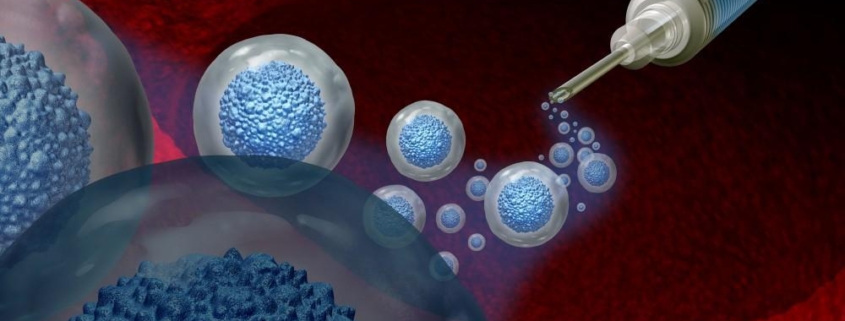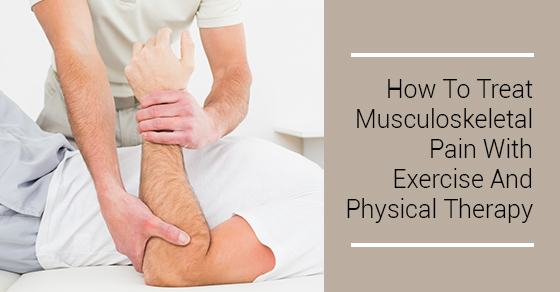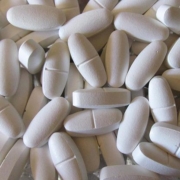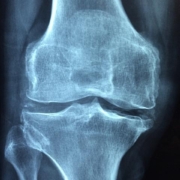Regenerative Medicine: Harnessing the Body’s Healing Potential
Regenerative medicine is a game-changer for musculoskeletal (MSK) health. It focuses on repairing or replacing damaged tissues and organs, offering new hope for people with injuries or conditions like arthritis, tendon tears, and ligament damage. Rather of just managing pain,regenerative medicine aims to heal the root of the problem,helping you regain function and improve your quality of life.
Understanding Regenerative Medicine for MSK Health
Regenerative medicine uses your body’s own healing abilities to repair damaged tissues. Think of it like giving your body a boost to help it heal faster and more effectively. Several different approaches fall under the umbrella of regenerative medicine:
Platelet-Rich Plasma (PRP) Therapy: PRP uses a concentrated sample of your own blood platelets, which are rich in growth factors. These growth factors signal your body to repair damaged tissues. PRP injections are commonly used for tendon injuries, ligament sprains, and osteoarthritis.
Stem Cell Therapy: Stem cells are special cells that can develop into many different types of cells in the body. In regenerative medicine, stem cells are used to repair damaged cartilage, bone, and other tissues.
Prolotherapy: This technique involves injecting a solution into the injured area to stimulate inflammation and promote tissue repair. Prolotherapy is often used for chronic joint pain and ligament injuries.
Preventing Musculoskeletal Injuries: A Proactive Approach
While regenerative medicine offers exciting possibilities for healing, prevention is always the best medicine. Here are some actionable steps you can take to protect your musculoskeletal health:
1. Maintain a Healthy weight:
Why it matters: Excess weight puts extra stress on your joints, increasing your risk of osteoarthritis and other injuries.
What you can do: Eat a balanced diet rich in fruits, vegetables, and lean protein. Engage in regular physical activity.
2.Exercise Regularly:
Why it matters: Exercise strengthens muscles and bones, supporting your joints and reducing your risk of injury.
What you can do: Aim for at least 150 minutes of moderate-intensity aerobic exercise or 75 minutes of vigorous-intensity aerobic exercise per week. Include strength training exercises at least two days a week.
3. Practice Proper Posture:
Why it matters: Good posture aligns your body correctly, reducing strain on your joints and muscles.
What you can do: Be mindful of your posture throughout the day, whether you’re sitting, standing, or lifting. Avoid slouching and hunching over.
4. Use Proper Lifting Techniques:
Why it matters: Lifting heavy objects incorrectly can strain your back and other muscles, leading to injuries.
What you can do: Bend your knees and lift with your legs, not your back. Keep the object close to your body and avoid twisting.
5. Warm Up Before Exercise:
Why it matters: Warming up prepares your muscles for activity, reducing the risk of strains and tears.
What you can do: Perform light aerobic activity and dynamic stretches before engaging in more strenuous exercise.
6. Cool Down After Exercise:
Why it matters: Cooling down helps your body recover and reduces muscle soreness.
What you can do: Perform light aerobic activity and static stretches after exercise.
7. Listen to Your Body:
Why it matters: Pain is a signal that something is wrong. Ignoring pain can lead to further injury.
What you can do: Rest and avoid activities that aggravate your pain. Seek medical attention if your pain persists or worsens.
8. Choose Supportive Footwear:
Why it matters: Proper footwear provides cushioning and support, reducing stress on your feet, ankles, knees, and hips.
What you can do: Wear shoes that fit well and provide adequate support for your activity.
Taking Charge of Your MSK Health
Regenerative medicine offers exciting new possibilities for treating musculoskeletal conditions and injuries. Though, prevention is always the best approach. By incorporating these practical tips into your daily life, you can substantially reduce your risk of injury and maintain optimal musculoskeletal health. Remember, taking care of your body today can definitely help you enjoy a more active and pain-free tomorrow.
For more facts on regenerative medicine and musculoskeletal health, please consult with your physician or visit the following resources:
The American Academy of orthopaedic Surgeons (AAOS): www.aaos.org
* The Arthritis foundation: www.arthritis.org







